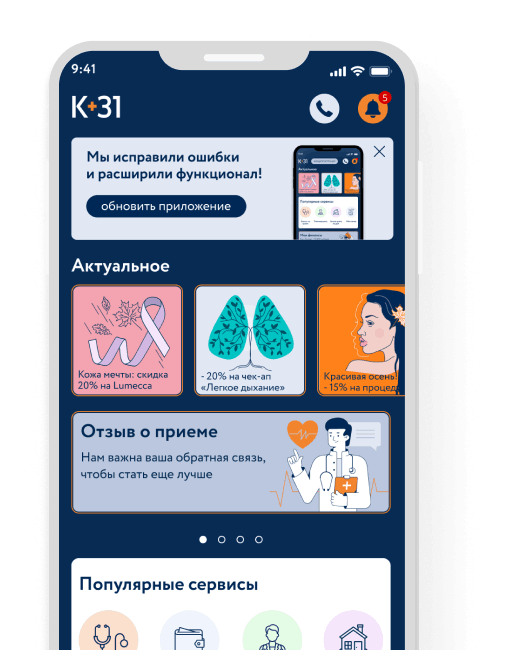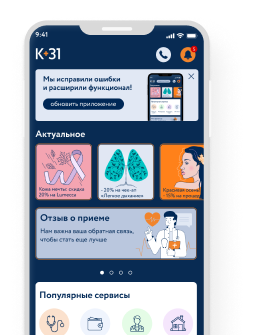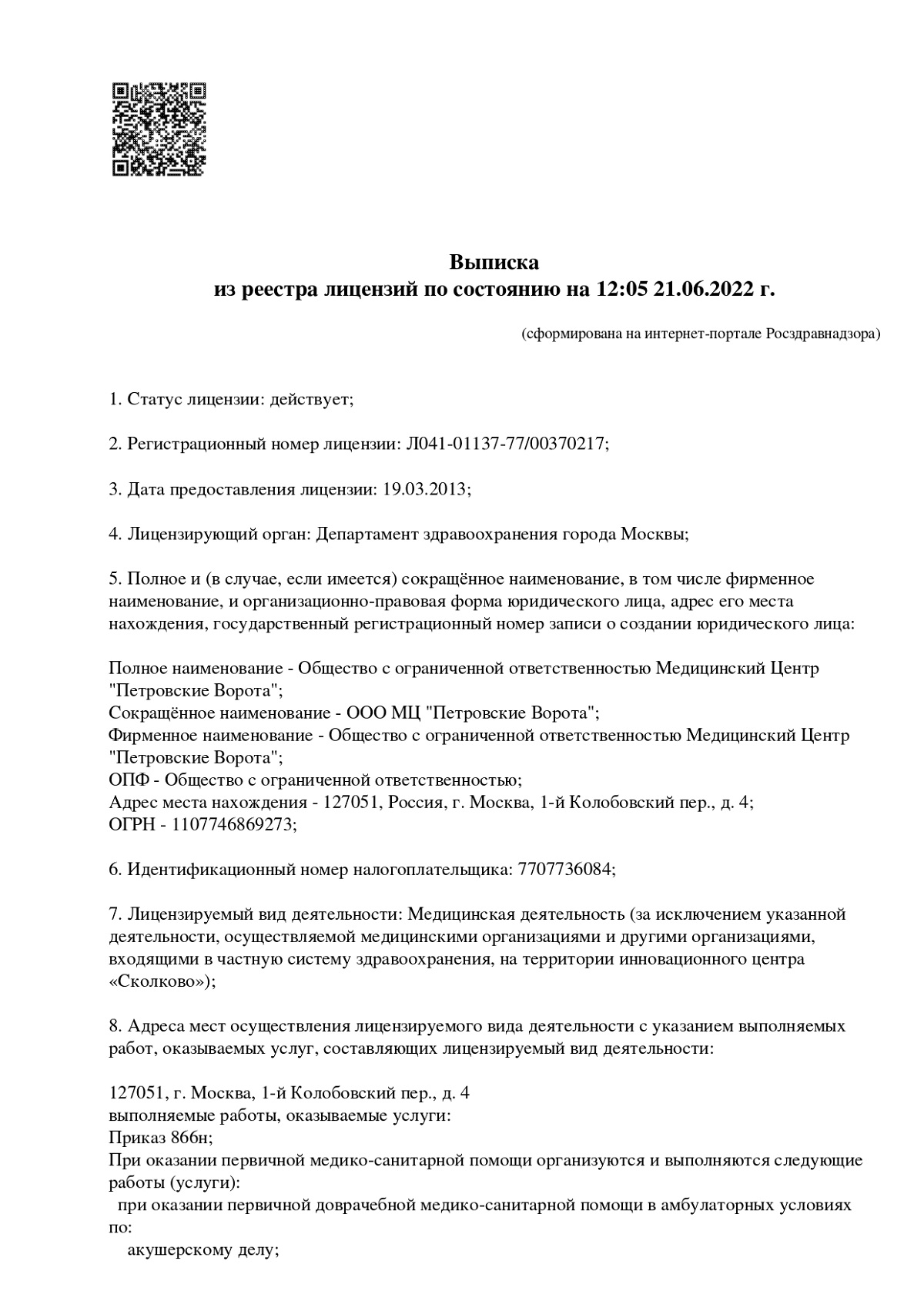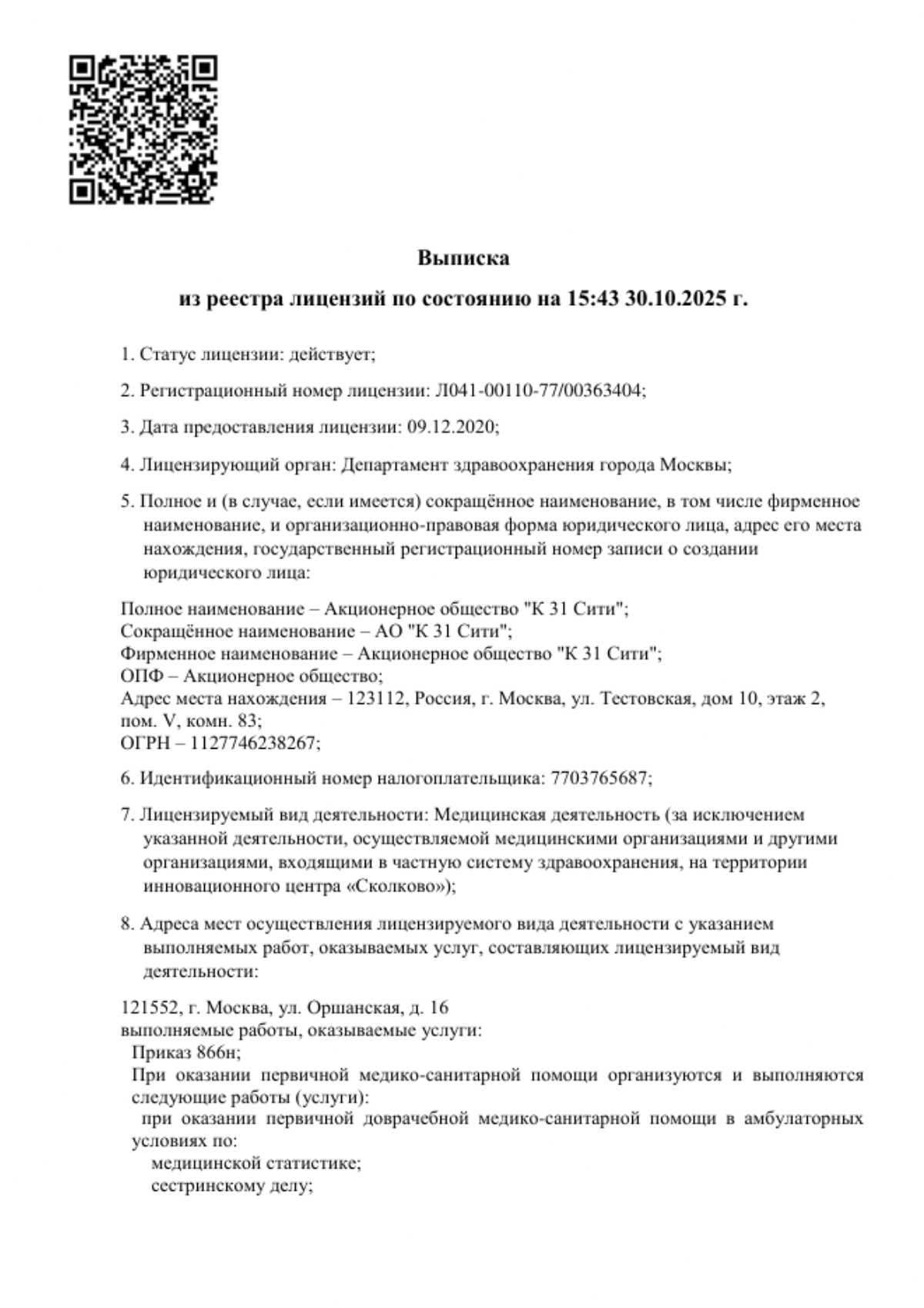Palliative care for lung cancer
Lung cancer is considered one of the most aggressive and difficult to treat oncological diseases. In the late stages, when radical methods are no longer effective, palliative care comes to the fore. This set of measures is aimed at improving the patient's quality of life, alleviating disturbing symptoms and providing psychological support.

specialists

equipment

treatment
Who needs palliative care?
This treatment is necessary for patients with lung oncology whose disease does not respond to radical therapy. Most often, these are patients with stage III or IV cancer, with metastases, serious complications or a significant deterioration in general condition.
Palliative care is necessary for those who face physical or psycho-emotional suffering associated with an incurable disease. Its task is to make each day of the patient as comfortable and dignified as possible.

The following groups of cancer patients may be referred for palliative care:
-
With progressive tumor
When a malignant tumor is actively growing, despite the therapy, or has spread to other organs.
-
With pronounced symptoms
Pain, shortness of breath, hemoptysis, weakness, anxiety, loss of appetite and weight – all these manifestations can significantly worsen the quality of life.
-
With complications
For example, pleural effusion, airway compression, bronchial obstruction, metastatic bone or brain disease.
-
With contraindications to aggressive treatment
Due to age, concomitant diseases or severe weakening of the body.
-
Those who refused active antitumor treatment
When comfort and support become a priority, rather than prolonging life at any cost.
Methods of palliative care
Palliative surgery
Surgical intervention may be prescribed not only to remove the tumor, but also to eliminate its complications. The main types of palliative operations:
- Removal of a tumor compressing the airways
- Drainage of the pleural cavity in case of fluid accumulation
- Installation of stents in the bronchi
- Stopping tumor bleeding
The goal of surgical intervention is to alleviate the condition and restore vital functions of the cancer patient.
Palliative antitumor therapy
It is aimed at containing tumor growth and reducing its impact on vital organs. It can include various approaches – from systemic chemotherapy to local methods of action. One of the most frequently used and effective methods is radiation therapy, especially in situations requiring rapid symptom relief.
Expected positive effects:
- Pain relief for bone metastases
- Relieving breathing when the bronchi are compressed
- Stabilization of brain metastases
- Reducing the risk of tumor bleeding
Palliative antitumor therapy is administered in short courses or once, with an emphasis on minimal burden for the patient.
Immunotherapy and targeted therapy
In patients with certain genetic mutations (EGFR, ALK, ROS1), the following may be performed:
- Immunotherapy (PD-1/PD-L1 inhibitors), which activates the immune system to fight the tumor
- Targeted therapy aimed at specific molecular targets of tumor cells
The listed methods are less toxic and often help to prolong life while maintaining the well-being of the cancer patient.
Chemotherapy for lung cancer
It is used to slow the progression of the disease and relieve symptoms. It helps:
- Reduce tumor size
- Reduce the severity of pain, cough, shortness of breath
- Improve overall health
- Delay the development of complications
The doctor selects the chemotherapy course individually; most often, less aggressive regimens are used, which are acceptable even for a weakened body.
Other methods of palliative medicine
Important elements of treatment are also:
- Pain relief – non-narcotic or opioid analgesics are used (depending on the condition and stage of the disease)
- Symptomatic therapy – treatment of shortness of breath, cough, nausea, vomiting, anorexia and insomnia
- Psychological support – includes work with anxiety, depression and fear
- Diet – appetite restoration, selection of nutritional mixtures
- Palliative sedation – possible in extreme cases (with severe suffering that cannot be controlled)
Properly selected palliative care helps the patient live each day with less suffering and more support from specialists and loved ones.
General information about the procedure
Our doctors

This award is given to clinics with the highest ratings according to user ratings, a large number of requests from this site, and in the absence of critical violations.

This award is given to clinics with the highest ratings according to user ratings. It means that the place is known, loved, and definitely worth visiting.

The ProDoctors portal collected 500 thousand reviews, compiled a rating of doctors based on them and awarded the best. We are proud that our doctors are among those awarded.
Make an appointment at a convenient time on the nearest date
Price
Other services




































Definition and principles of palliative care in lung cancer
This system of medical, psychological and social measures is aimed at alleviating the suffering of patients with incurable forms of cancer. Unlike radical therapy, the goal of palliative care for lung cancer is not a cure, but is aimed at improving the quality of life.
The key elements of palliative care are:
Support is provided not only to the patient himself, but also to his relatives, taking into account the stage of development of the disease and the general condition of the person.
This approach is especially important in lung cancer, which in its later stages can be accompanied by severe shortness of breath, chronic pain, difficulty swallowing, weight loss, and psychological exhaustion. Palliative care helps manage symptoms, maintain maximum activity and dignity even in a severe patient condition.